The work on Garuda, is the only one of its type on a thematic delimitation. There are several books on the art of India in general, that of South India or as for the matter Tamilnadu. Few books have a thematic delimitation, e.g. gopuras (J.C. Harle) and temple cars (Raju Kalidos). Several books on dynastic arts have come out of which the recent one on the Nayakas (R.K.K. Rajarajan) is noted. C. Sivaramamurti has brought out his magnum opus on Nataraja in Indian and south-east Asian Art. The present work is on a minor deity, Garuda. Though Garuda is one among the amsavataras of Visnu, he came to be elevated to a higher level in course of time. The book systematically traces the mythology of Garuda from puranic sources. An important dimension of the primary sources is that the Tamil ideas from various liturgical texts have been tapped. There is an exclusive chapter on the various literary works that go after Garuda such as Garudagayatri. However, the most important contribution is the reflection of Garuda in the plastic and pictorial arts of the Indian subcontinent. The roots of Garuda in Indian art has been traced and its impression in early medieval art such of Calukya and Pallava examined. The high-pitch of the Garuda cult is taken down to the Vijayanagara-Nayaka art. Garuda occupies a status akin to Nandi. If Nandi is placed in an axial alignment with Siva/Linga, Garuda is assigned the same status in Visnu temples. Besides he appears on the corners of various talas of the vimanas and gopuras in addition to walls of the temples in Tamilnadu. The last chapter deals with the images of Garuda in greater Indian art, including countries such as Nepal, Cambodia and Jawa. The book is a value adding contribution to Indological studies in general and that of Indian art history in particular.
Developmental Modernity in Kerala: Narayana Guru, SNDP Yogam and Social Reform
This study of the Sree ...
$41.40
$46.00

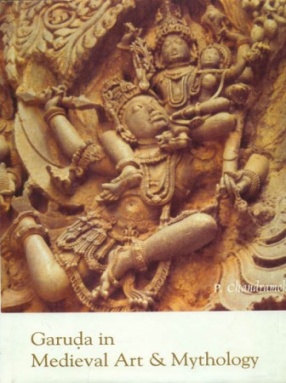
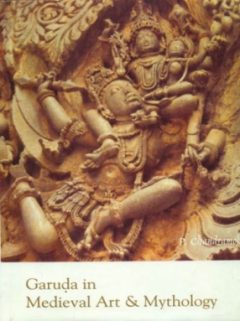
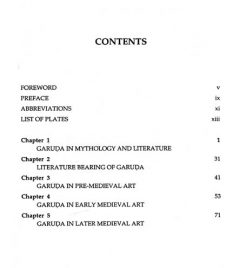
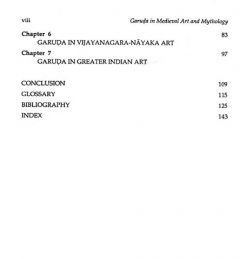

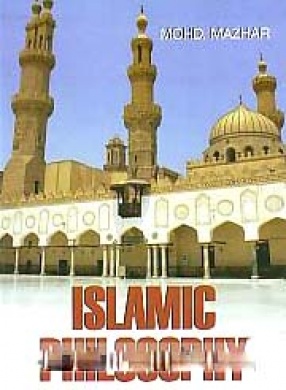

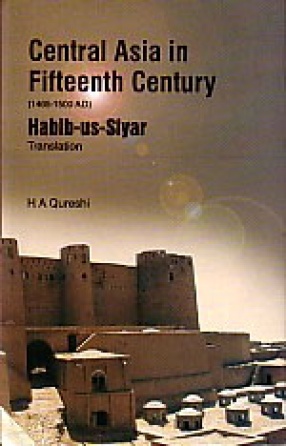
There are no reviews yet.